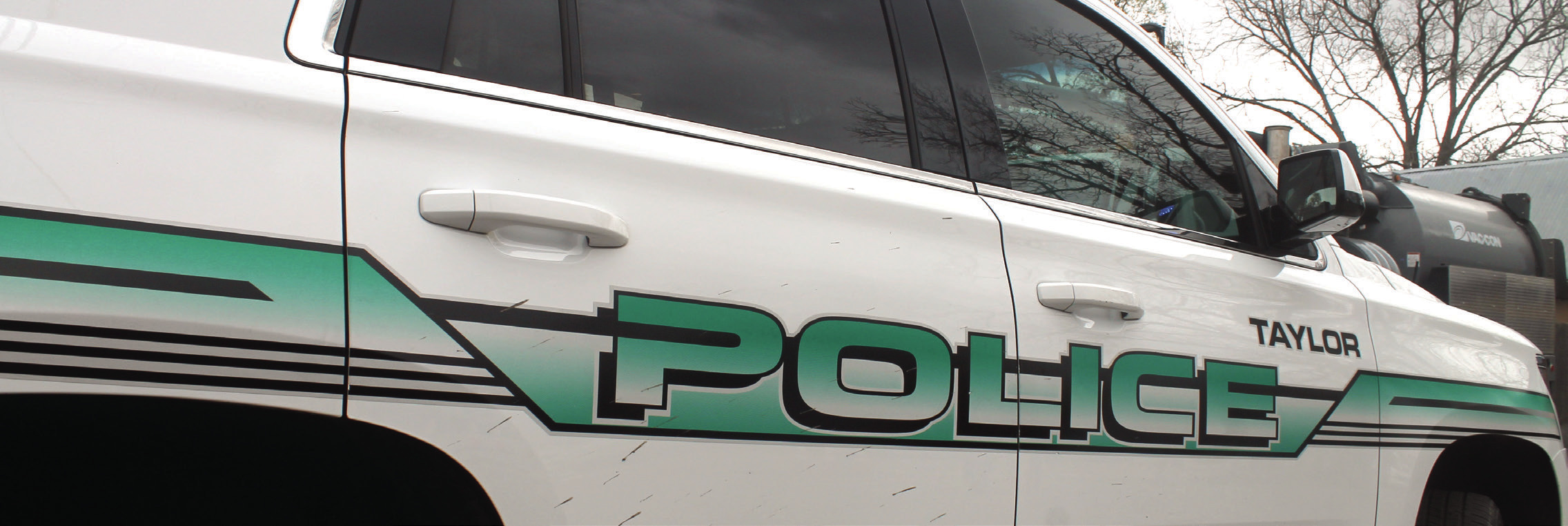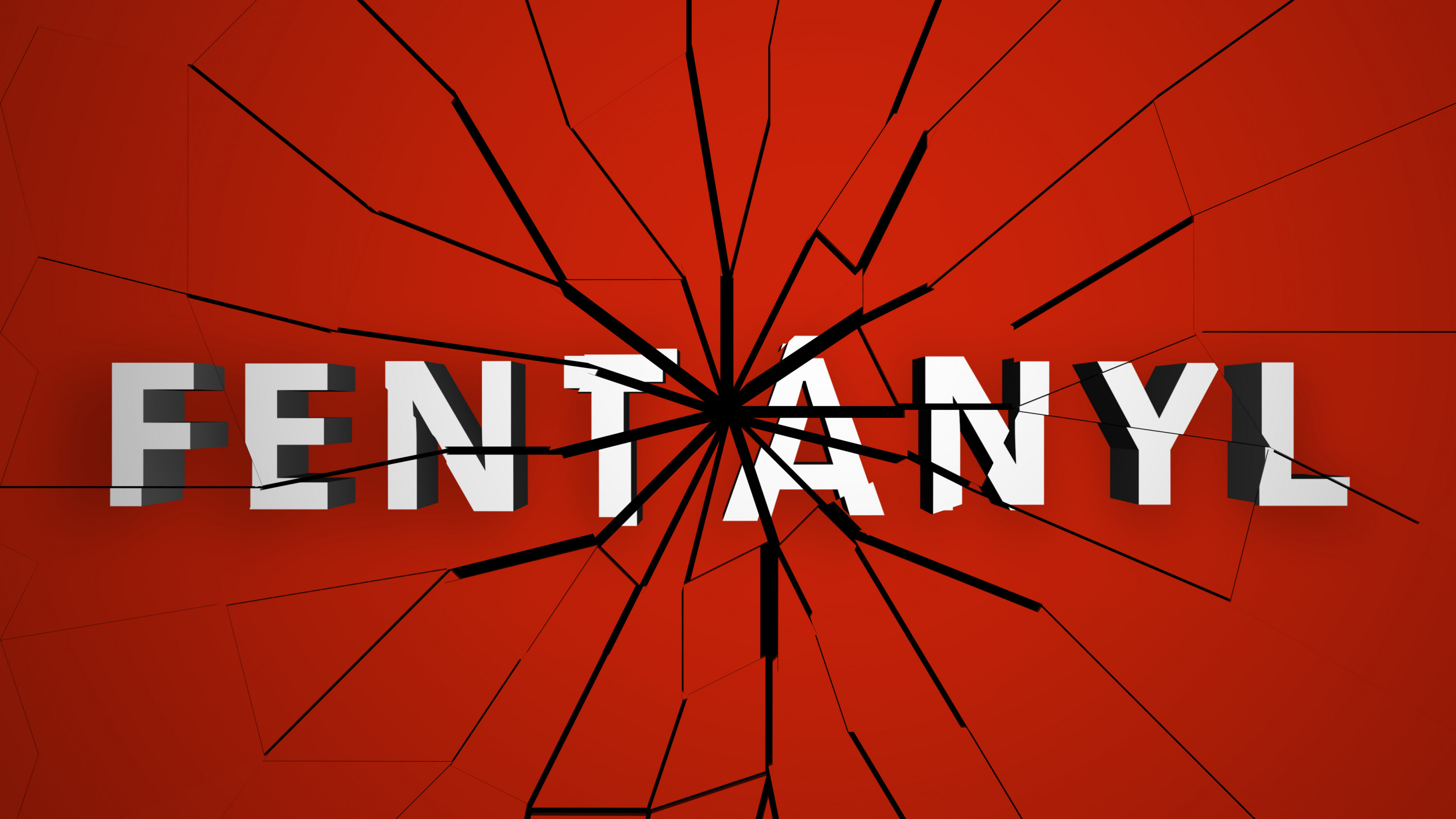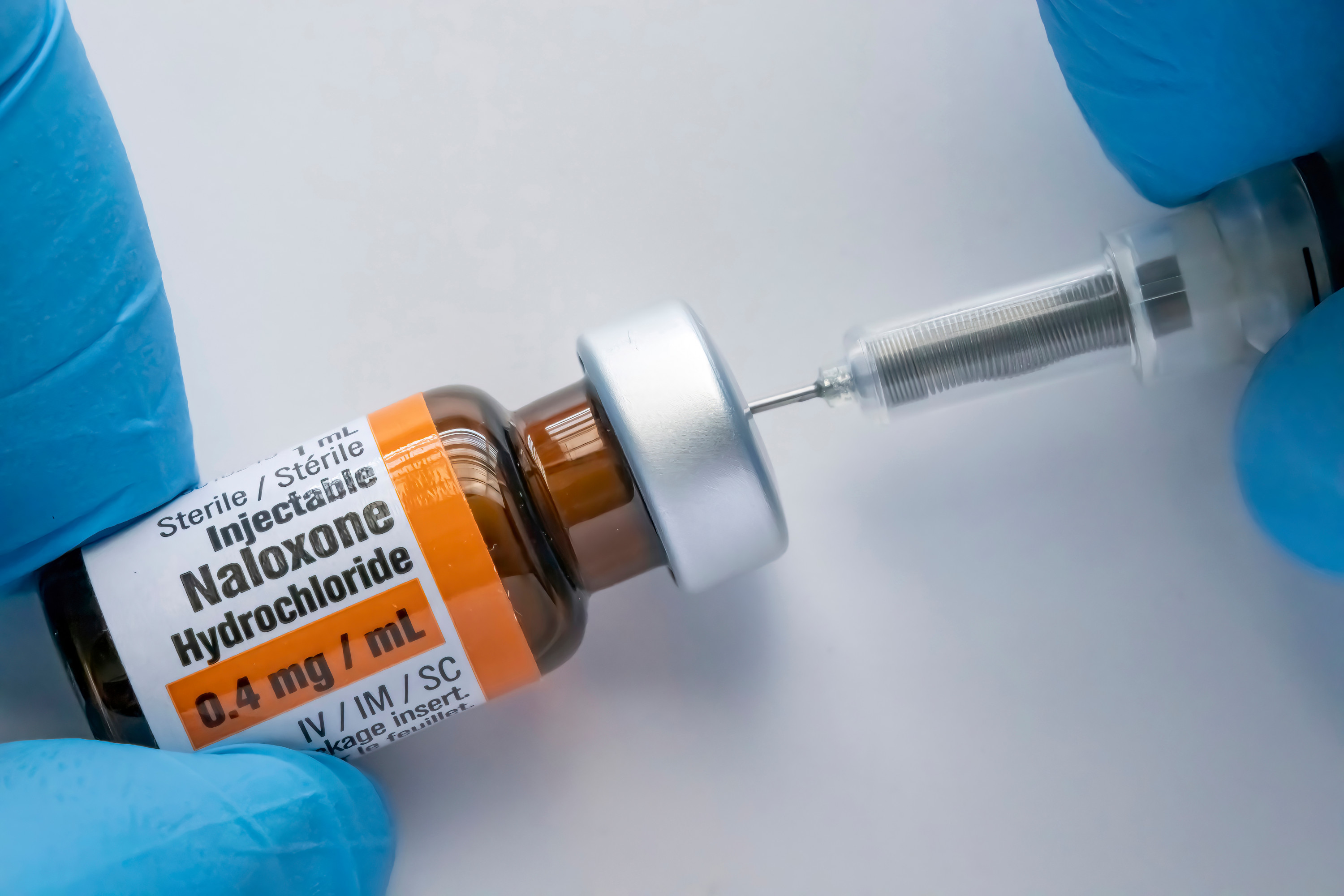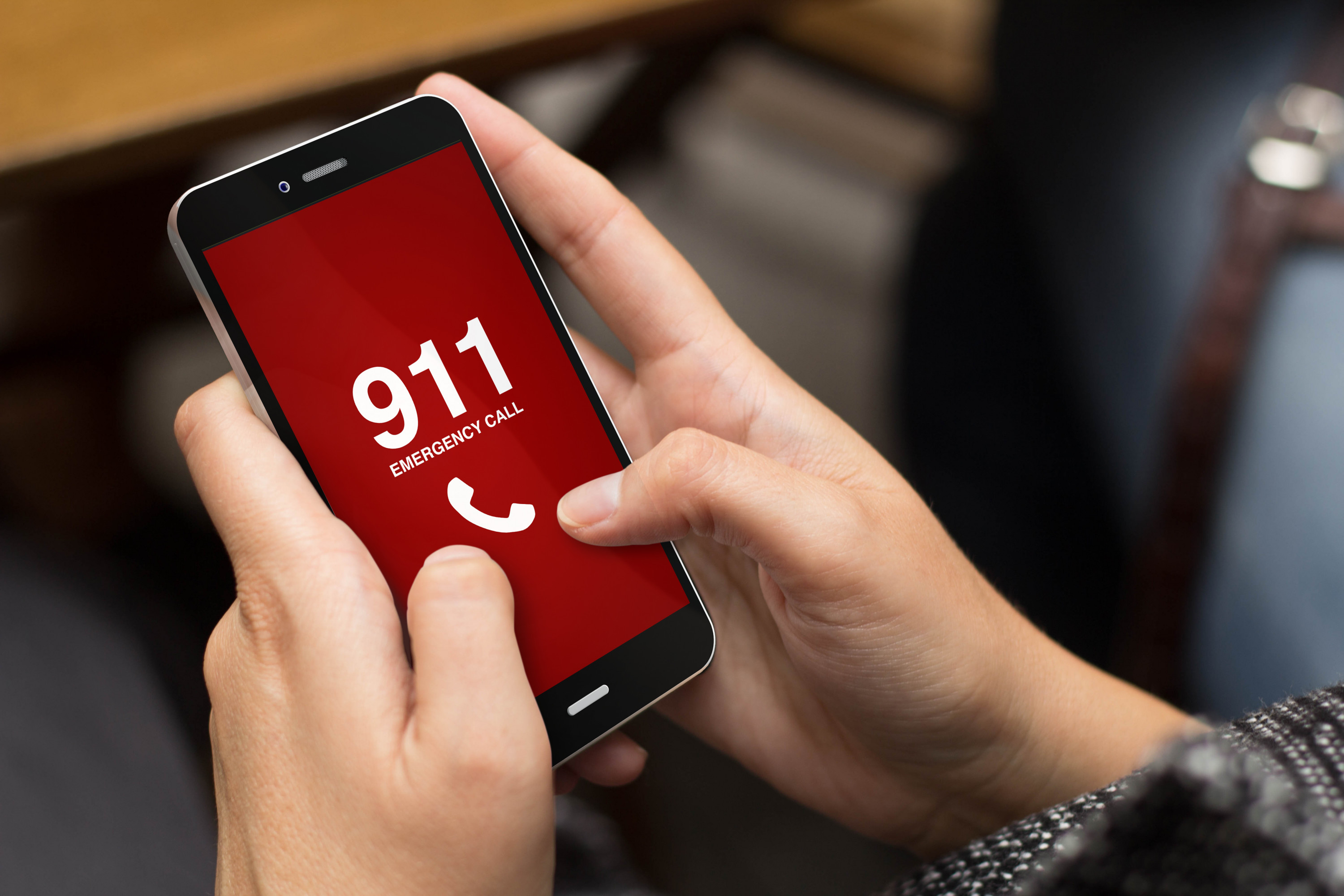The fight to stamp out overdoses and deaths from illicit opioids is stepping up in Williamson County, officials said.
According to reports, two people in Williamson County died just before Christmas from suspected opioid-related complications.
The Texas Targeted Opioid Response program — a state initiative designed to get the life-saving medication Narcan, known generically as naloxone, into the hands of institutions, nonprofits and individuals — has distributed more than 550,000 doses across the state.
Up to 6,000 doses have been requested in Williamson County, according to data compiled by Texas State University’s Texas Community Health News.
For advocates of the widespread dissemination of the treatment, which works almost instantly when delivered through a nasal spray, backing up education and awareness with the ability for non-medical personnel to save a life is a priceless commodity.
Tim Mikeska, after more than 40 years of saving lives through his work as a paramedic and teaching CPR, first aid and other lifesaving procedures to Taylor-area residents, has expanded his mission as an instructor in how to administer naloxone.
“My goal on Earth now is to let people know that ‘one pill can kill,’ and not ingest any pill that is not prescribed,” Mikeska said, using the admonition of the dangers of fentanyl-laced pills of all sorts including opioids and fake prescription drugs. “I want to save lives and spread the word about the dangers of fentanyl and other opioids.”
Fentanyl is a synthetic opioid prescribed by physicians to treat pain, but illicit forms of the narcotic can be deadly, according to law-enforcement agencies. During the 88th Legislature, Gov. Greg Abbott signed into law a bill that carries a legal charge of murder for those who contribute to fatal opioid poisonings.
Annual opioid-related deaths in Texas have nearly tripled since 2006, reaching 2,782 in 2022. It more than doubled in just the last three years thanks to the introduction of fentanyl into more and more of the illicit drugs to boost the potency.
Williamson County had seven opioid overdose deaths per 100,000 population in 2022, about 42 total, according to the Texas Department of State Health Services.
Mikeska, the CEO of the family company Mikeska’s Bar-B-Q and founder of Taylor Heartsaver LLC, has bought more than 400 doses of naloxone nasal spray to give to individuals requesting the item and to bolster the supply at places such as Taylor Independent School District campuses.
In addition to medical-response teams including paramedics and emergency medical technicians, police officers in many communities are equipped with doses of Narcan.
 Commander Joseph Branson of the Taylor Police Department said all officers carry the spray and have been trained to administer it.
Commander Joseph Branson of the Taylor Police Department said all officers carry the spray and have been trained to administer it.
It has only been used in the field twice by police since the program began, including a lifesaving action in 2019. Officers received a call from a friend of a known narcotics user and responded to find the victim slumped against the wall and sitting on the bathroom floor.
Branson said the responding officer administered the naloxone and the overdosed Taylor resident had a “a quick and positive reaction.”
Since then, he said, there has been just one other incident where the department used the medication to save a life.
“We look at each life saved as a massive deal,” Branson said. “Like any, it’s here,” he said of narcotics and fentanyl-laced drugs in Taylor and the county. “We take it one call at a time.”
The perfidious nature of adding fentanyl to any number of drugs can have deadly results even beyond illegally obtained opioids, including a case with Taylor ties.
On Oct. 2, 2022, Julie Anna Buentello, 33, was found non-responsive by her ex-husband in her San Antonio apartment after taking a fake Xanax, a popular prescription medication used to combat anxiety and known generically as alprazolam.
It turned out to be laced with fentanyl, said her mother Nancy Buentello, a Taylor native.
“It’s painful. We died that day,” Buentello said of the impact of the unintentional overdose death on the family.
She believes her daughter couldn’t be saved by Narcan, which she only heard of after joining a support group of mothers of fentanyl victims, because there would have been no one there to administer it even if it was on hand.
Nevertheless, she has become a strong advocate of education and access.
“Don’t ever take anything from anyone. (Julie Anne) apparently went somewhere and got what she thought was Xanax,” the mother said. “You need to have (naloxone) on hand and preach, preach, preach to others that fentanyl will kill you in minutes.”
Shortly before Christmas, 16-year-old Leander resident Zarek McMeekin was found dead in his room after taking a drug his parents told Fox 7 News in Austin they believe he obtained online.
The Williamson County Sheriff’s Office said on Dec. 17 investigators believe McMeekin’s death was caused by fentanyl poisoning.
“This devastating incident serves as a poignant reminder that the specter of drugs looms not only on the outskirts of our neighborhoods but permeates through the hallways of our educational institutions,” reads a written statement from the Sheriff’s Office. “In the face of this tragedy, we are compelled to rally together as a community to take decisive action in educating our students about the inherent dangers and working collaboratively to ensure their safety.”
 Of the five fentanyl-poisoning calls deputies responded to in just one week in mid-December, three victims were revived on the scene using naloxone.
Of the five fentanyl-poisoning calls deputies responded to in just one week in mid-December, three victims were revived on the scene using naloxone.
To save lives, there needs to be a conversation about the victims, Mikeska said.
“This is how we have to inform and teach about this crisis, by hearing the stories from the loved ones of those who lost their lives. I will not stop doing this,” Mikeska said.
He added, “I gave out 10 more free doses of naloxone yesterday. A woman wanted to explain to me why she needed it. I told her I did not have to hear why. I don’t want people to have to explain the situation where they may need it. It causes a stigma. Just take it and use it. And if you need more, I will give it to you. No questions asked.”
For more on the Taylor Heartsaver learning center, call 512-844-4476 or visit taylorheartsaver.org/.
SIGNS OF OVERDOSE
Recognizing the signs of opioid overdose can save a life. Here are some things to look for:
- Small, constricted “pinpoint pupils”
- Falling asleep or losing consciousness
- Slow, weak or no breathing
- Choking or gurgling sounds
- Limp body
- Cold and/or clammy skin
- Discolored skin (especially in lips and nails)
WHAT TO DO IF YOU THINK SOMEONE IS OVERDOSING
It may be hard to tell whether a person is high or experiencing an overdose. If you aren’t sure, treat it like an overdose — you could save a life.
- Call 911 immediately
- Administer Narcan/naloxone (usually as a nasal spray) if available
- Try to keep the person awake and breathing
- Lay the person on their side to prevent choking
- Stay with the person until emergency assistance arrives
Source: Centers for Disease Control and Prevention
SAVING LIVES FROM OPIOID OVERDOSES
- Opioid and synthetic opioid-related overdose deaths have increased by 200% in Texas to since 2006 to 2,782 in 2022.
- There were 6.4 opioid deaths per 100,000 people in Texas in 2022 and 3.38 from synthetics such as fentanyl, which laces many illegal versions of the narcotic.
- Williamson County had 4.03 opioid deaths per 100,000 population and 2.28 per capita for synthetics.
- 550,000 doses of Narcan nasal spray to reverse an overdose as it happens were given out through the state’s More Narcan Please program from March 2019 through August 2022.
- At least 6,000 doses were given directly to Williamson County organizations including rehab centers, police and school districts.
Sources: Texas Department of State Health Services, Texas Community Health News



Comment
Comments